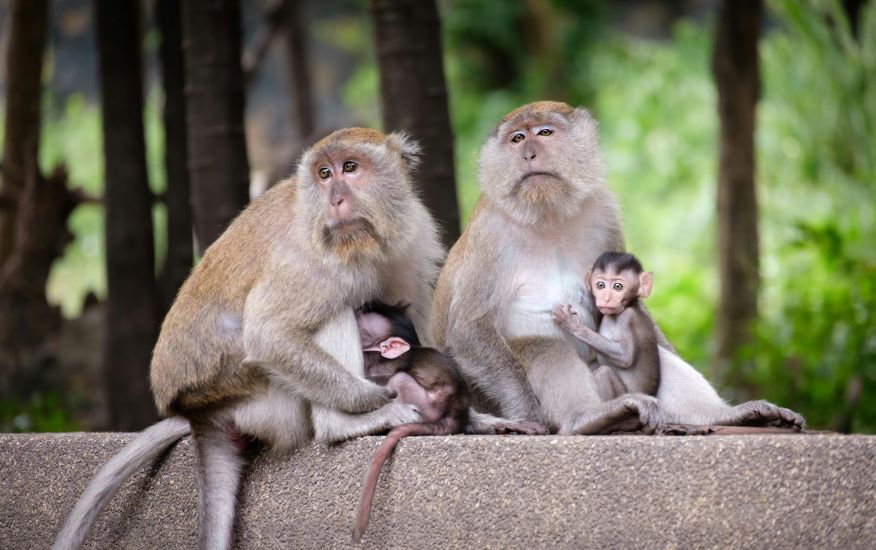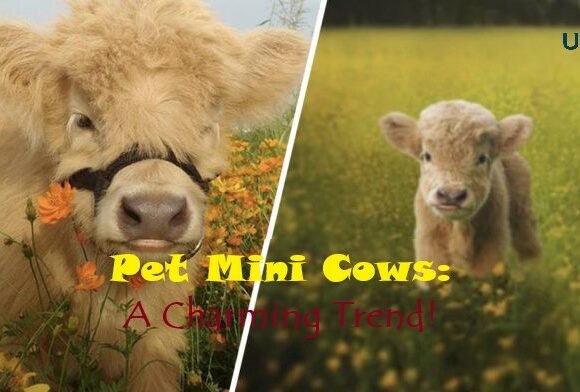10 Unexpected Parenting Styles in the Animal Kingdom

Parenting in the animal kingdom can be as diverse and fascinating as the creatures themselves. From nurturing to unconventional methods of care, animals demonstrate a wide range of parenting styles that are both surprising and intriguing. Here are 10 unexpected parenting styles found in the animal kingdom:
1. Surrogate Parenting: In certain species, such as the African buffalo weaver, non-breeding individuals may assist in raising the offspring of others. These surrogate parents help feed, protect, and groom the young, contributing to the survival of the group.
2. Cooperative Breeding: Some species, like the African wild dog, practice cooperative breeding, where individuals other than the biological parents assist in caring for the young. This cooperative effort ensures the survival of offspring and strengthens social bonds within the group.
3. Kangaroo Pouch Parenting: Kangaroos have a unique pouch where newborn joeys develop and nurse. The mother provides warmth, protection, and nourishment to her young in the pouch until they are old enough to venture out into the world.
4. Mouthbrooding: In species such as certain types of fish and frogs, parents carry their offspring in their mouths for protection and transport. This behavior, known as mouthbrooding, allows parents to closely monitor their young and keep them safe from predators.
5. Infanticide Prevention: Female lions and certain primates have developed strategies to prevent infanticide by males. Female lions will hide their cubs for several weeks after birth, while some primates form alliances with other females to protect their offspring from potential threats.
6. Sibling Care: In species like meerkats and naked mole rats, older siblings play a crucial role in caring for and protecting younger siblings. These cooperative efforts contribute to the survival and well-being of the entire family group.
7. Cooperative Nesting: Certain bird species, such as the acorn woodpecker, engage in cooperative nesting, where multiple individuals help build and maintain a single nest. This cooperative behavior allows for shared parenting responsibilities and enhances reproductive success.
8. Adoptive Parenting: Some animals, such as the European bee-eater, will adopt orphaned chicks and raise them alongside their own offspring. This adoptive parenting behavior ensures the survival of the orphaned chicks and may strengthen social bonds within the group.
9. Interspecies Adoption: In rare cases, animals may adopt offspring from a different species. For example, a female bottlenose dolphin was observed adopting and nursing a melon-headed whale calf in the wild, demonstrating remarkable interspecies caregiving behavior.
10. Communal Nesting: Certain bird species, like the sociable weaver, build large communal nests where multiple breeding pairs raise their young together. This communal nesting behavior provides safety in numbers and facilitates cooperative parenting efforts.
Conclusion: The diversity of parenting styles found in the animal kingdom showcases the ingenuity and adaptability of nature. From cooperative breeding to interspecies adoption, animals employ a variety of strategies to ensure the survival and well-being of their offspring. Studying these diverse parenting behaviors offers valuable insights into the complexity of animal societies and the bonds that exist between parents and their young.
Picture Courtesy: Google/images are subject to copyright








